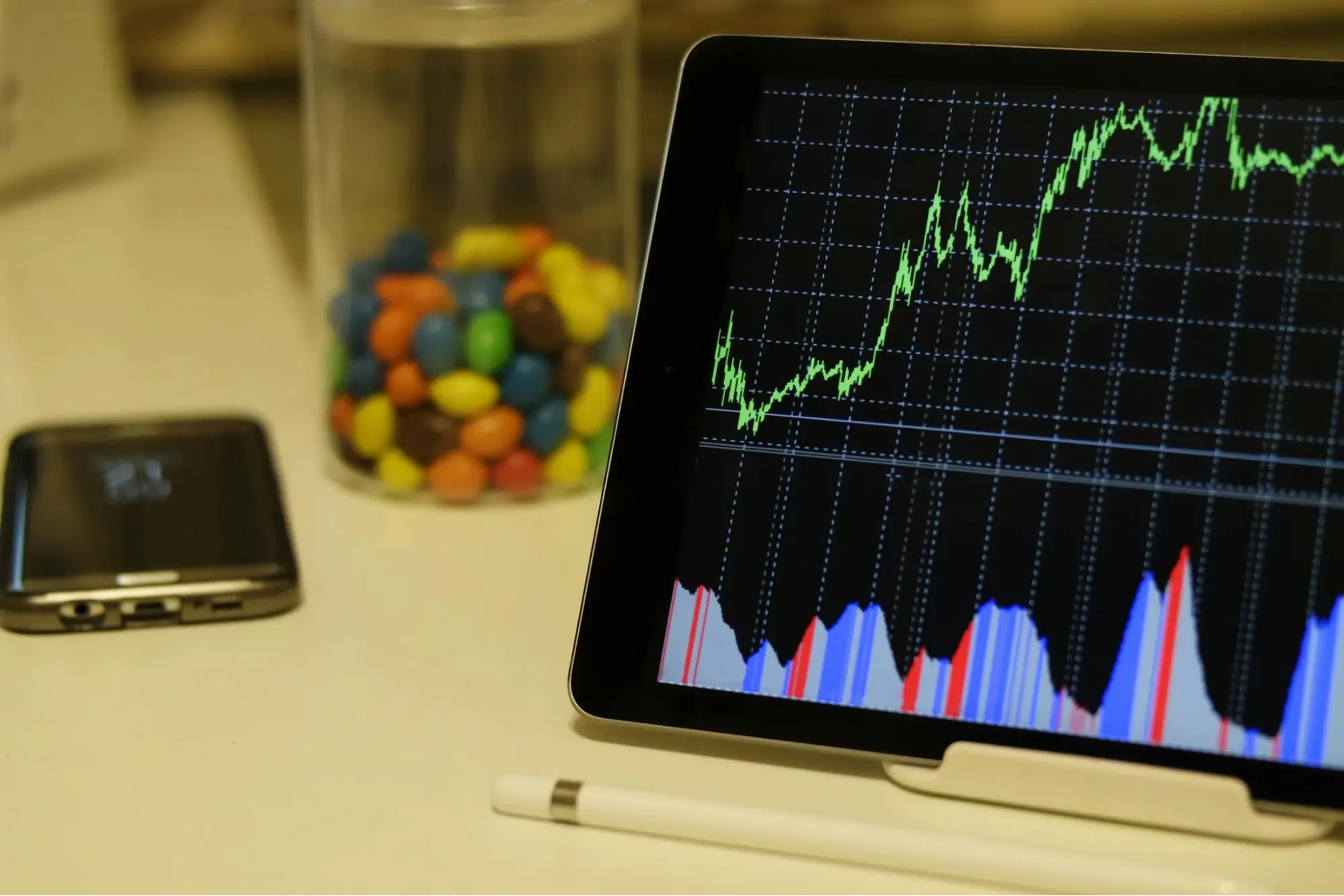- Rob Cunningham projects $17B in U.S. spot XRP ETF inflows over 12 months, enough to absorb the entire 5B token float and force rapid repricing.
- Conservative estimates put XRP at $8–$12, with scarcity scenarios pushing $20–$30 or even beyond $50 as institutional buyers compete over limited supply.
- Broader adoption by banks, RIAs, and retail could drive XRP into the $50–$150 range, with systemic allocations possibly lifting it to $200–$500.
Veteran investor and analyst Rob Cunningham has outlined a framework suggesting that incoming demand from U.S. spot XRP ETFs could radically shift the market’s price equilibrium. In his analysis, Cunningham assumed $17 billion in new ETF inflows over the next 12 months, with each of 17 potential funds attracting $1 billion in assets.
Starting with a price base of $3 per XRP and a circulating float of around 5 billion tokens (excluding Ripple escrow, institutional treasuries, and locked commitments), Cunningham noted that ETF demand at this level would exceed the entire value of the float within a single year. This imbalance, he argued, makes repricing inevitable.
Price Discovery and Scarcity Mechanics
According to Cunningham, ETF inflows at $3 could theoretically purchase 5.7 billion XRP. With only 5 billion in effective float, however, the shortfall forces the market to reprice. In a perfectly liquid scenario, the minimum clearing price would be about $3.40.
In practice, the dynamics are far less linear. Many holders will refuse to sell at low prices, order books are thin, and each incremental purchase increases scarcity. These conditions create what Cunningham described as a convexity effect, where prices jump disproportionately higher as available supply tightens.
Also Read: Coinbase’s XRP Holdings Collapse by 90% as Millions in Tokens Suddenly Exit Exchange
First, I asked ChatGPT to forecast an XRP price target based solely on $17B in new ETF purchase demand (~$1B per ETF) over the next 12 mos.
Secondly, I asked ChatGPT to add a FOMO Factor that considers regulated banks, stock brokers, registered investment advisors and retail… pic.twitter.com/6l7aJmrvOf
— Rob Cunningham | KUWL.show (@KuwlShow) September 14, 2025
Drawing parallels with historical ETF inflows in assets like Bitcoin and gold, Cunningham argued that XRP is likely to see sharp, non-linear price adjustments rather than gradual appreciation.
Conservative and Aggressive Targets
Cunningham projected a conservative 12-month target range of $8 to $12 per XRP if ETF inflows unfold as expected. In a more aggressive but still plausible scenario, where only a fraction of the float trades, prices could land between $20 and $30. Under extreme scarcity, where institutional buyers compete over minimal liquidity, XRP could spike beyond $50.
He emphasized that ETFs do not merely “absorb liquidity” but instead institutionalize demand, creating a durable buyer base that transforms XRP’s market dynamics.
The FOMO Layer: Banks, RIAs, and Retail
While $17 billion in ETF inflows would be significant, Cunningham stressed that it may represent only the beginning. The larger risk lies in reflexive demand escalation, as higher prices ignite FOMO among banks, registered investment advisors, institutions, and retail investors.
The numbers are staggering. U.S. banks hold an estimated $22 trillion in assets, global RIAs manage $115 trillion, and U.S. retail savers control over $5 trillion. Even a 0.5% allocation from these pools would amount to more than $700 billion in potential demand, orders of magnitude greater than ETF-driven inflows.
Cunningham’s conclusion was clear: without broader market participation, XRP could realistically trade in the $8 to $30 range over the next year, driven by ETF flows alone.
However, if FOMO-driven adoption spreads into the wider financial system, XRP could climb into the $50 to $150 range. In a systemic allocation scenario, with banks and wealth managers treating XRP as a core cross-border settlement asset, price levels between $200 and $500 are conceivable.
Outlook
Cunningham’s analysis underscores the tension between thin effective supply and expanding institutional demand. While his targets remain speculative, the framework highlights how ETFs could act as a spark, and how reflexive capital inflows from traditional finance could turn that spark into a fire.
For XRP holders, the message is simple: the market’s equilibrium may be about to shift from single digits to double digits, with the possibility of much higher levels if FOMO takes hold.
Also Read: XRP Faces Uncertainty as Breakout Momentum Fades

